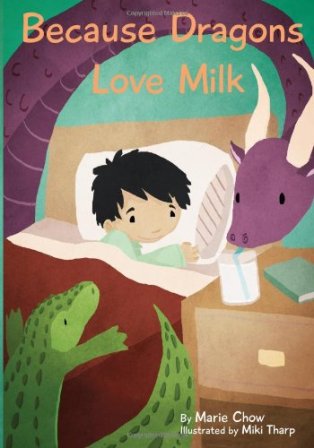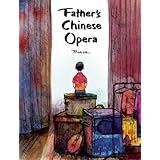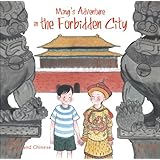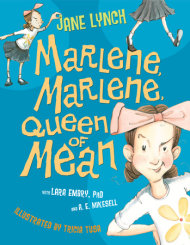Chinese children's books are making a global stand in terms of approaching literature. The following post helps explain.
Ahmad Redza Khairuddin, president of the International Board on Books for Young People (IBBY), made the remarks at the Bologna 2014 Children's Book Fair in Italy.
According to Li Xueqiang, president of China Children's Press and Publication Group (CCPPG), children not only need to know the culture and tradition of their own country, but also the cultural environment of other countries.
Brazilian illustrator Roger Mello, recipient of the 2014 Hans Christian Andersen Award, one of the oldest and most prestigious international awards in children's literature, highlighted what he called "a concern in China to bring high-quality books to children, which is very important because China is a reference for the world."
The result, she added, was that "the quality of books from the United States and Britain has really gone down."
 |
| Mulan: A Story in Chinese and English Li Jian and Yijin Wert |
China's publishing industry is not only helped by the country's huge population and fast-growing economy, but also benefits from cultural richness and government support, he noted.
The industry's collaboration with foreign experts, while enriching the content of children's books in China, shares a lot of Chinese content with the rest of the world, the president said, adding that he believed the entire world will benefit from Chinese children's literature.
 |
| Because Dragons Love Milk Marie Chow |
For this reason, Li said, his publishing group was giving an opportunity to both Chinese writers and foreign illustrators to collaborate on the creation of outstanding new works.
Li made the remarks at the four-day book fair that closed Thursday. The event was an occasion for Chinese writers to exchange views with their counterparts from other countries inside China's 266-square meter space.
 |
| Father's Chinese Opera Rich Lo |
Canadian publisher and former IBBY President Patsy Aldana echoed Mello's viewpoint that the peculiarity and uniqueness of Chinese culture helped Chinese books for children get "better and better every year."
At a time when the global publishing situation was difficult, some of the major multinationals have become too commercial and oriented toward sales, she noted.
 |
| Ming's Adventure in the Foreign City Li Jian and Yijin Wert |
Meanwhile, Aldana said, China saw "a marked increase in the quality of books and illustrations, the diversity of publishing and the new ways of telling stories."
"The more books are created to really do something important for children, the better chance they have of traveling around the world," she said, adding that she believed some excellent books in China "will be read by children everywhere."



















